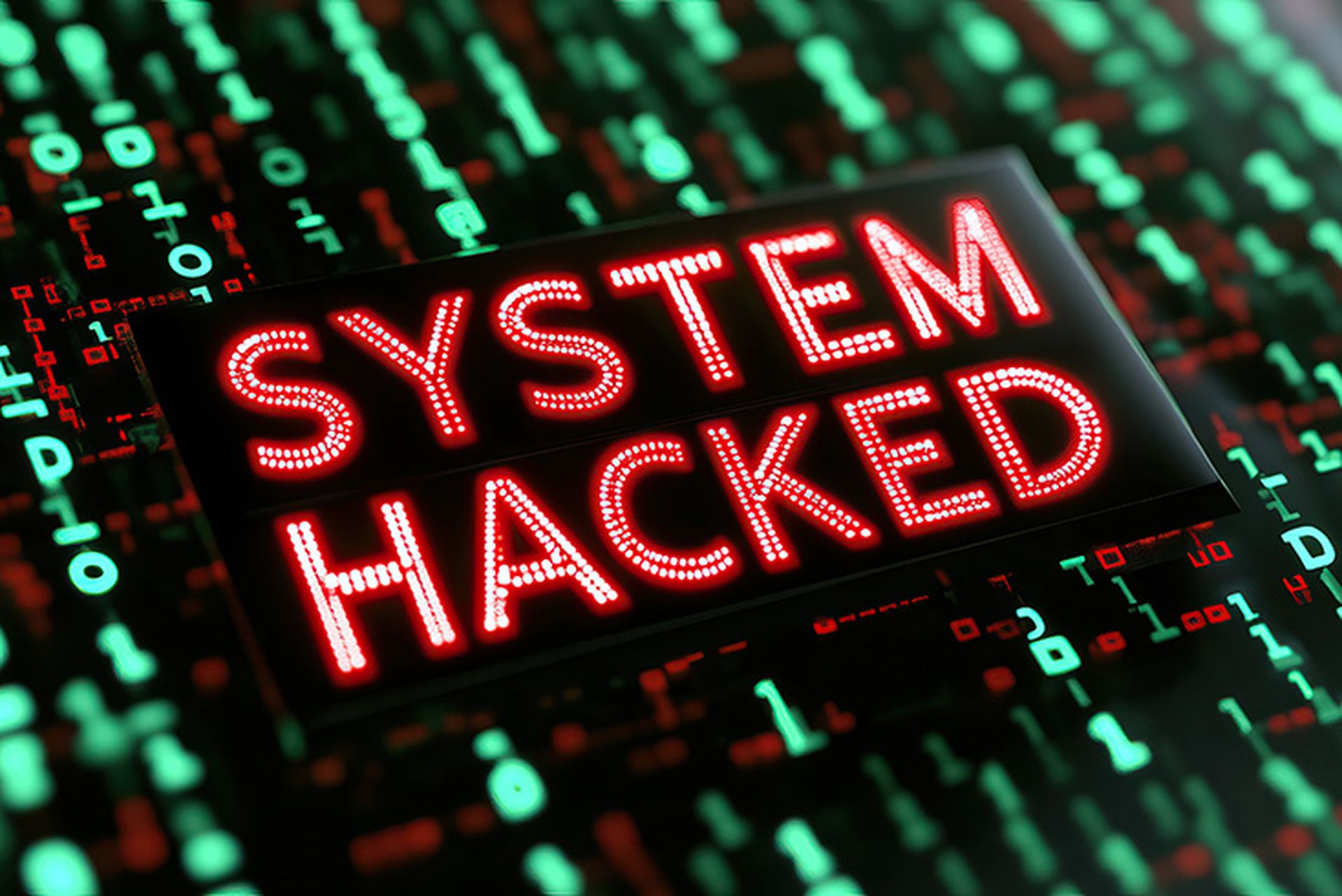Fun fact: 96% of all codebases incorporate open-source software in some form. And that dates back a long time. More recently, open source has made a massive contribution to AI, with a number of large language models entering the scene as viable options for building next-generation applications.
In short, open-source software has become integral to tech innovation.
But securing open-source software adequately remains a big a problem for the industry. Traditional security processes are unfit for open-source, as evidenced by a recent surge in vulnerabilities within widely used libraries.
Given the gap in security, the industry needs to reevaluate its dependency on community-driven solutions for patching vulnerabilities, highlighting the critical need for a more proactive and reliable approach to security.
Culprit: unmaintained libraries
In today’s coding environments, developers face inherent risks associated with unmaintained libraries, such as the "node-ip" npm library. Despite its popularity, a high-risk vulnerability was exposed, with the last update made two years ago, leaving the community without a clear path to mitigation.
Some of our recent research reveals a concerning trend: nearly 30% of vulnerabilities in the npm ecosystem's transitive dependencies lack an official fix. This situation has been compounded by the cascading nature of dependencies within open source projects, where the security of a single application relies on the vigilance of multiple layers of maintainers.
For example, here’s an unmaintained library that had its last version released over four years ago. It's been officially declared as deprecated by its maintainers. Yet it has an open vulnerability to this day CVE-2023-28155, which was never fixed. And it has almost 14 million weekly downloads, an eye-popping number.
The solution to this pressing issue lies in adopting standalone security patches for vulnerable library versions. By implementing these patches directly, organizations can safeguard their systems without waiting for community-driven updates. This approach resolves the immediate risk and also serves as a testament to the effectiveness of taking ownership of security within the open-source ecosystem.
Shift from reactive to proactive vulnerability management
A shift in cybersecurity practices has gained traction within the open-source community. This method focuses on dynamically confirming the presence of vulnerabilities before proceeding with the application of patches. It stands in stark contrast to traditional vulnerability scanners, which typically take vulnerability reports at face value without additional verification.
Let’s take a closer look at the features:
Implications for the future
This new method could significantly alter how security gets managed in open-source software development. It’s centered on proactive risk management, where vulnerabilities are validated in real-time, ensuring that patches and updates are applied more judiciously. This streamlines security processes and also enhances the overall security posture of open-source software.
This method also encourages a deeper understanding of the security landscape, prompting developers to engage more critically with vulnerability reports and to develop more sophisticated security solutions. As this practice gains momentum, we can expect to see a ripple effect across the tech industry, with heightened security measures becoming the standard rather than the exception.
The rise of this dynamic vulnerability confirmation method marks a pivotal moment in cybersecurity, paving the way for more resilient, efficient, and proactive security practices for all organizations.
Itamar Sher, chief executive officer, Seal Security




